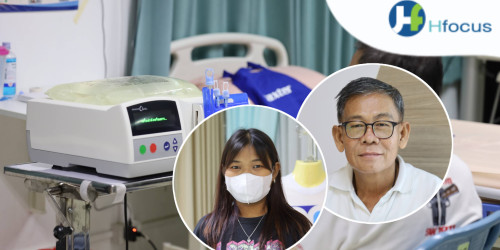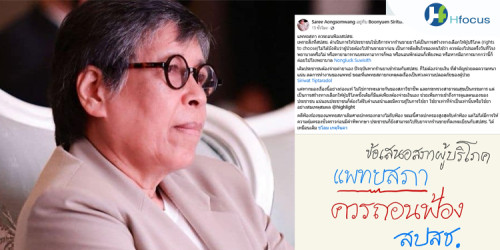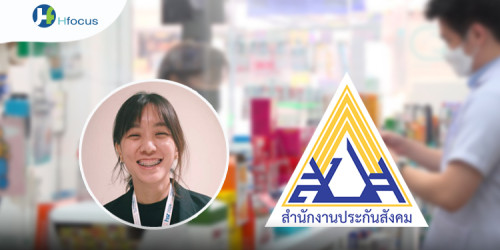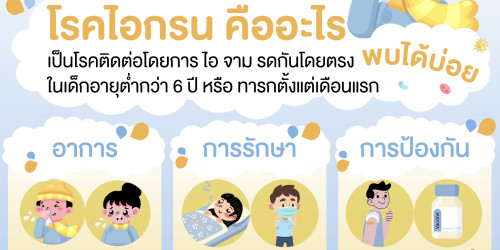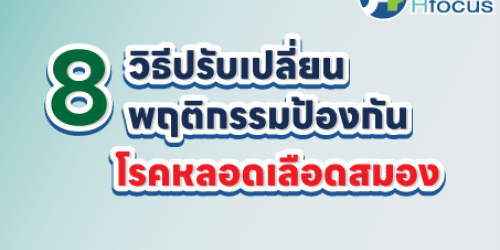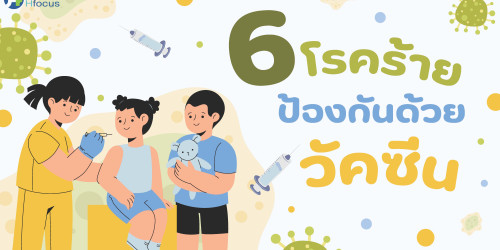
After decades of dedication in providing medical treatment for refugees along the Thai-Myanmar border, Myanmar doctor Cynthia Maung, Ramon Magsaysay Award winner and founder of the famed Mae Tao clinic in Mae Sot of Tak, talks to PARITTA WANGKIAT about the current situation of public health among refugees, migrants, and undocumented people.
What is the current situation for border healthcare services?
The Myanmar people cannot afford health care on both sides of the border, especially those people who have no legal documents. The cost of travelling to get to a hospital and medical costs are also high. The Myanmar government does not offer social welfare and health insurance to its citizens while migrants with no legal documents cannot benefit from health insurance [in Thailand].
What options do refugees and migrants along the border have?
They have to rely solely on free healthcare services provided by humanitarian aid groups, including my clinic. However, the groups can give them only primary health care, family planning and child delivery services.
What are some of the changes that have taken place since the clinic opened about 20 years ago?
More migrant people are able to gain access to health services. The clinic had 148,561 visits and 12,440 admissions last year. More migrant mothers give birth at the clinic.
The number of babies born at the clinic increased from 414 in 2000 to 3,319 last year.
The clinic's child delivery services have reduced the risk of maternal and infantile death.
We also operate training for health workers and midwives with between 120-200 migrants joining the courses each year. We hope to give them skills when they return home.
Ethnic people undergoing training for primary health care can help improve health care for people in border communities. They can initiate health services in their communities and also raise awareness of health protection.
What do you think about Thailand's border health policy?
Border issues are largely ignored in national policies, not only in public health policy. Everything is centralised, meaning many border problems are left unsolved.
The border area is unique, so local empowerment and cross- border collaboration are needed. Health policy needs to be accessible and fair.
The Thai government has started implementing a five-year border health plan which aims to develop border health care. What do you think of the plan?
I welcome the plan as it will help empower the local community. Myanmar should have such a master plan as well. Health policy needs local participation.
You are running a child development centre for more than 950 migrant children. What has driven you to get involved in education?
Migrant children move a lot due to their parents' jobs. So it's difficult for Thai schools to accept them. They need a school where they can get protection, education and some vocational skills, so they can take care of themselves and enjoy their work.
What are the future challenges for people on the border?
Health problems caused by economic development, environmental deterioration, and natural disasters must be addressed in border health policy. The recent flooding in Myawaddy and Mae Sot affected many people. Almost 30,000 people in the Karen state alone were hit by the flood disaster. So displacement does not occur only as a result of ethnic conflict any more, but also as a result of natural disaster.
What is the future of Myanmar refugees in Thailand?
Myanmar doesn't have good policy for labour management. No health insurance system. The ceasefire negotiation [between the Myanmar government and ethnic groups] has not progressed much. So refugees fear a hostile environment. Returning home is a dream for refugees. But they have to be sure that when they go back to their homes they will be safe, have land to farm and work to make an income. We must have hope. Human rights and ethnic issues have been discussed at the international level and we hope the situation will gradually improve.
Source : Bangkokpost August 12, 2013
- 27 views

